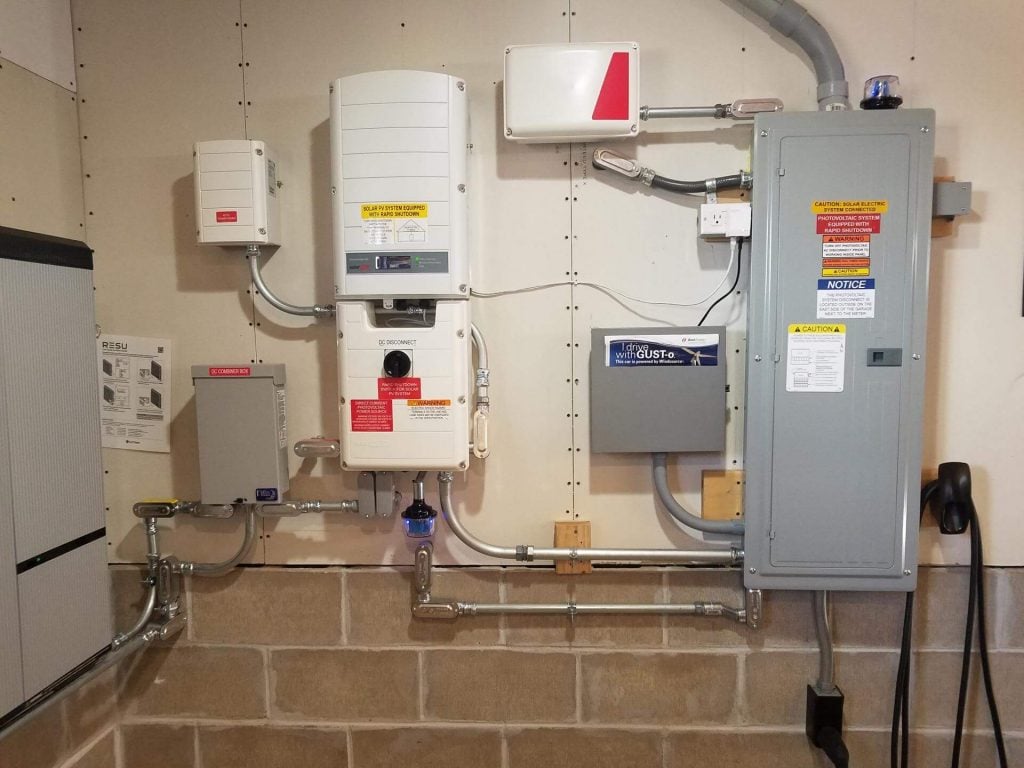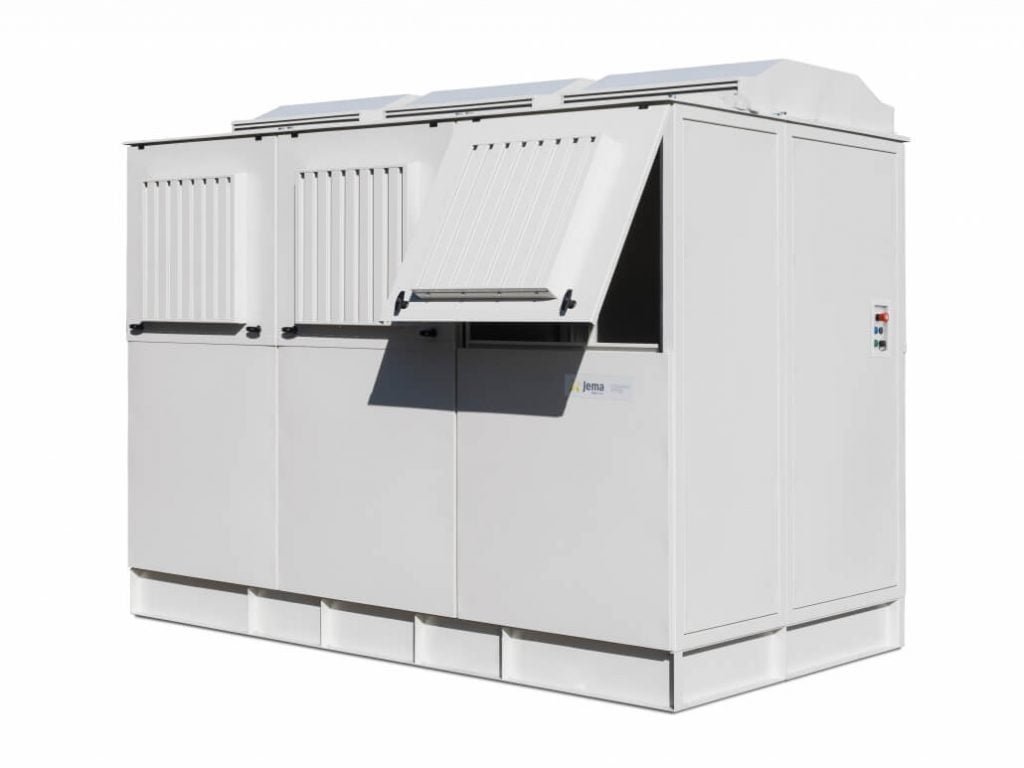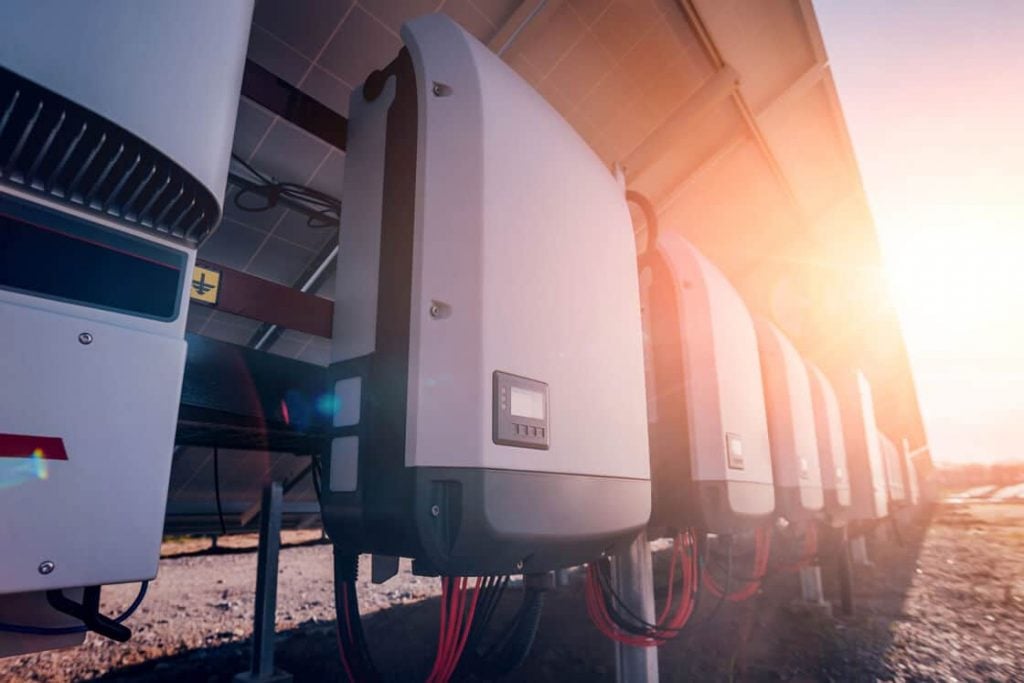A solar inverter is a very essential component of a solar system. Just like what a brain is to the human body, a solar inverter allows for monitoring the system so that the system operators can observe how the system is working. The sole purpose of it is to alter the DC power to AC power. After the panels themselves, inverters are the most important. If you are considering buying a solar panel system for your place, the main decision you make is the type of inverter you want to install.
Inverters convert direct current (DC) into the output of a solar panel into usable alternating current energy (AC). The inverters give analytical information to help in identifying operations for maintenance to fix any potential issues.
Types of Solar Inverters
String inverter

This type of solar panel is arranged in a form of a string and many strings are allied to one single string inverter. These inverters are a good choice for installations where the panels are arranged on one single plane to avoid facing in various directions. Each string holds the DC power where it is altered into AC power. They can also be used along with power optimizers. Power optimizers have numerous benefits. They are not very expensive. A string inverter is a very good choice to pick among inverters.
Microinverters

Just like power optimizers, these inverters are module-level electronics because one inverter is fixed on every panel. These inverters a very good choice to pick if you are planning to install a solar power system at your home or even for commercial purposes. They have many other benefits. They optimize each and every solar panel independently. They are most purchased inverters. In case you have an incomplete shade situation, they transmit more energy.
Hybrid inverter

Widely known as the multi-mode inverter, this inverter slows plugging batteries into the solar power system. The battery is interfaced by it through the direct current (DC) coupling method. The charging and discharging of the battery is managed by the electronics.
Central inverters

These are larger inverters and support additional strings. The strings are united together in a combiner box. The DC power rushes towards the middle inverter which is in turn transformed to AC power. These inverters are not used in homes. They are mostly used for commercial purposes.
Battery based inverter
These inverters are also known as unidirectional because they include both an inverter and a battery charger. Due to innovation in quantum physics, many alterations are being made to them day by day, resulting in advancement. They offer you a nonstop operation for various loads based on the grid condition. They also detect the battery’s status and control how it is charged.

Solar power systems are densely used nowadays. If you are looking to install a solar power system any soon, click here for solar deals in Adelaide.
Keep reading:–

